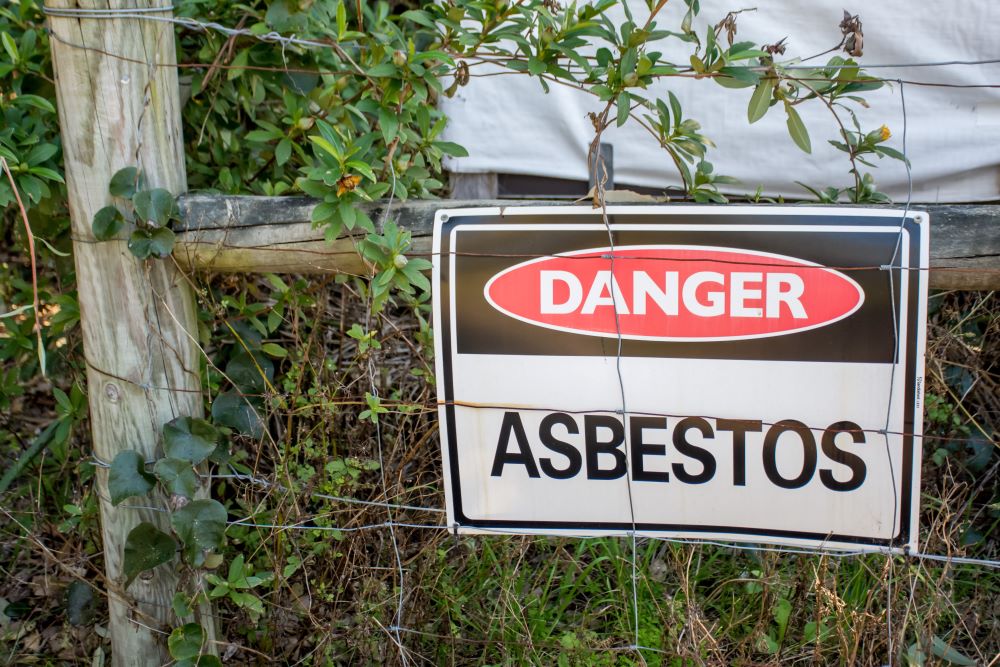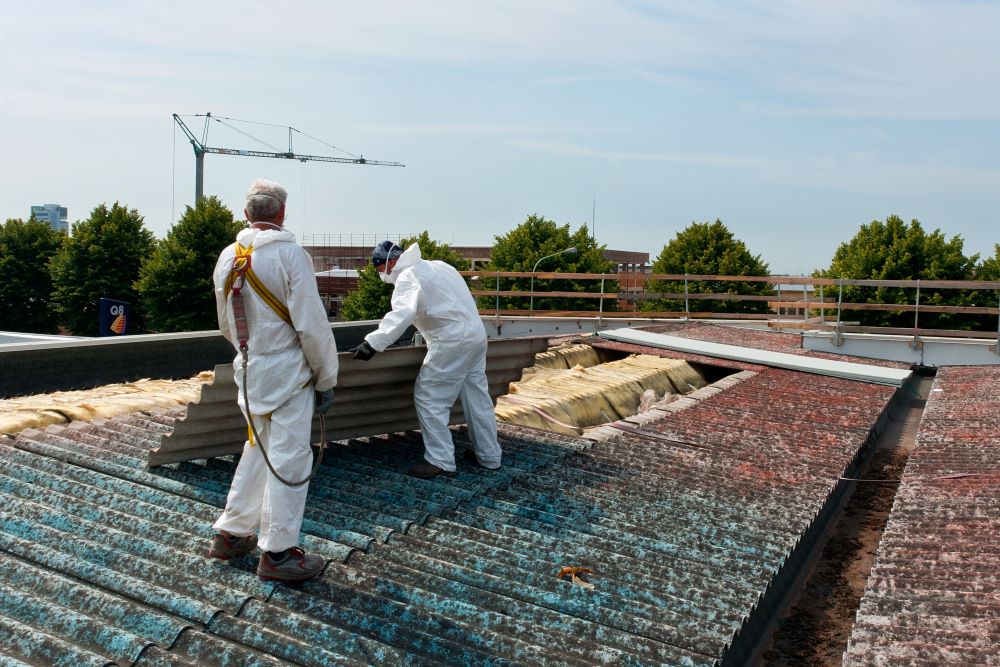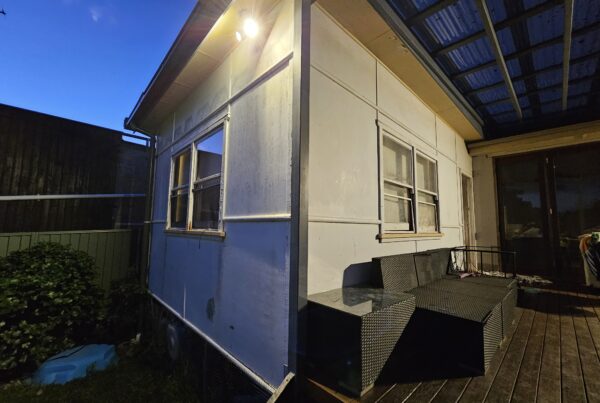Asbestos-related diseases (ARDs) typically take a person’s lifetime to develop. Symptoms aren’t evident upon first contact with asbestos particles, but by the time they manifest, the damage has already been done. Worse, there’s currently no cure for such diseases.
That’s why it’s an unpleasant surprise when a growing number of teenagers have fallen ill as of late in what experts call the peak of the “third wave” of ARDs. The Asbestos Disease Society of Australia was made aware of several teenagers with asbestos-induced cancers this year – over two decades after the material was outlawed nationwide.
Australia’s legacy of asbestos use remains and is taking its toll on the current generation. As such, it pays to be informed about how being exposed to these dangerous building materials once can change one’s life forever and why professional asbestos roof removal in Sydney is a must before doing anything else to an asbestos-filled house.
No Amount is Safe
Asbestos has no business being in the human body under any circumstance. Its coarse microscopic fibres can tear through delicate lung tissue and damage cells down to their DNA, and any abnormal change to the DNA leads to cancerous growth in internal organs. Because of how asbestos works, the best way to protect yourself is to stay away from asbestos.
Unfortunately, keeping a safe distance hasn’t always been easy. Asbestos is invisible to the naked eye and doesn’t carry any distinct odour or taste (not that it’s safe to ingest it). Its fibres can only be viewed and analysed through asbestos testing equipment maintained by a NATA-accredited laboratory.
Because of this, homeowners only have a few options for protecting themselves. One of which entails awareness of the year the house was first constructed. Those built before 1990, the year asbestos was phased out for residential construction, most likely contain hazardous asbestos-containing materials (ACMs).
Naturally, the older the house, the more likely it is to have asbestos. However, our team treats properties constructed before the 2000s as potentially containing asbestos products because the phase-out wasn’t completed until the ban was enacted at the end of 2003.
A Matter of Time
Given that we’ve established that no amount of asbestos is safe, “How much asbestos I’ve inhaled?” is a moot point. Instead, we should be asking, “How long have I been exposed to it?” After all, the amount of toxic asbestos in one’s system grows with the duration of exposure.
The good news is that experts agree that short-term asbestos exposure has a low chance of inducing adverse health risks, let alone ARDs. Some of these scenarios include being close to an active demolition or renovation of a pre-1990s building and disturbing bonded asbestos mixed into the soil as mulch.
The bad news is that multiple short-term exposures can build up over time, especially if other factors, like the type of asbestos and concentration levels, are taken into account. Repetitive heavy exposure puts the person at greater risk of asbestos cancers, even if they’re relatively rare (mesothelioma accounts for two diagnoses per day in Australia).
If you know you’ve been near a source of asbestos dust recently, health experts say the best you can do is to avoid being exposed again and consult your GP as soon as possible. These steps will help lower your risk of developing asbestos diseases and cancers.
Tips to Avoid Exposure
If you aren’t suffering from health effects linked to short or long-term exposure, you definitely want to keep it that way. Prevention is better than cure, as doctors say. Here are a few steps you can take to minimise your and your family members’ chances of falling ill.
- Work with a Professional for Asbestos Removal
Not only is this mandated by NSW state law, but it also makes practical sense. The slightest mistake in handling ACMs can result in direct exposure to carcinogenic asbestos fibres, so it’s in anyone’s best interest to hire a professional for asbestos inspection and removal services. They also offer testing by working with a NATA-accredited lab. - Avoid Renovating Without Prior Inspection
We can’t stress this enough for owners of pre-2000s homes: have your property undergo a thorough inspection before renovating part or all of it. Without a keen eye for ACMs, renovations can end up kicking up asbestos-laced dust and spreading these tiny particles across your home and neighbours. - Quit Bad Habits as Early as Now, Especially Smoking
Smoking affects the lungs as much as inhaling asbestos fibres, and suffering from the effects of both is nothing short of a double whammy. Quitting is never easy, but your body will thank you for it in the long run. - Follow Your GP’s Instructions
Taking your doctor’s advice is always wise, regardless of your exposure. Tell them everything they need to know about any symptoms you’re experiencing, which will help them come up with a viable treatment.
Conclusion
There’s no such thing as a “safe level” when it comes to asbestos exposure. The risk may be low in small amounts, but the risk is still there and can grow over a long time. Whether or not you’ve been exposed, your priority should always be minimising any further exposure to prevent health problems.







